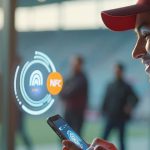In markets where products are becoming more uniform, having a robust brand is essential. A unique and powerful brand personality helps to deepen the connection between customers and the brand.
Nevertheless, brands have consistently faced challenges in ensuring that the essence of the brand permeates all customer interactions to effectively influence customer behavior. For instance, how can we ensure that:
- when the marketing coordinator authors a brand message for local media that the wording and tone of voice is in alignment with the brand essence?;
- the service letter coming out from the local dealership efficient transmits a functional message about a specific repair wrapped in the brand’s tone of voice
- the call center employee is empowered to engage in a difficult conflict resolution dialogue right on brand?;
- the customer adopts all relevant features of the device (smartphone, car, washing machine, etc) based on a brand permeated, but personalized dialogue;
- the brand’s expression at all times is personalized against the history of all interactions that the customer has had with the brand?
Ensuring a consistent brand personality across various touchpoints and over time – in a way that resonates with a diverse audience – has always been challenging. Today, there is an opportunity to integrate generative AI at the core of how the brand is expressed; to achieve Share of Life®: fostering deep, loyal relationships with customers that extend beyond the latest customer experience, innovation, feature, or advertisement.
Brand personality is essentially the “human embodiment” that a brand conveys. Highlighting the limitations of a conventional brand personality, it encompasses:
- A representation of a person
- High-level
- Static
- Must be interpreted
- Does not have memory
- Little or no guidance on how to act in different contexts / audiences
- No ability to provide information beyond its static description
Traditional brand personality is crafted for extensive push communication, yet it only delivers a low-resolution brand experience for a customer who has engaged with the brand over time.
With the advancements in AI, the market is set to experience the adoption of highly sophisticated AI cores. These cores are imbued with a rich branded emotional framework, link real-time to extensive organizational knowledge, and adapt to various contexts and audiences—interacting, advising, and offering dynamic brand personality at scale. We refer to the application of AI cores in this capacity as “Assistive Brand Personality.”
Accordingly, the new brand personality can transition into:
- A human-like embodiment of a person
- Highly fleshed out with vast trained knowledge
- Dynamic: interacts, learns, grows, adapts
- Directly represents the personality
- Has a global & individual memory of interactions
- Knows how to adapt content and tone to different contexts and individuals
- Can act as an internal advisor and also report everything it learns to the organization
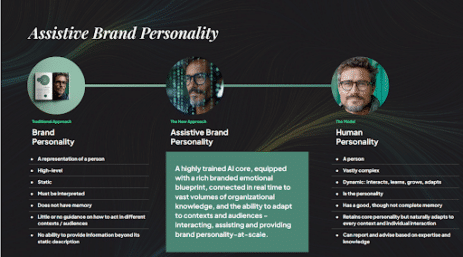
Does this sound abstract? Let’s consider a practical example of how a brand can infuse personality into what is typically a functional and brand-agnostic transaction, such as when a customer receives invoices for services rendered (e.g., car maintenance fees, electronic repairs, healthcare bills, subscriptions, etc.).
In the scenario below, the Assistive Brand Personality is incorporated into the process of receiving a physical invoice. This is facilitated through a barcode and mobile phone, enabling the customer to ask any invoice-related questions, with answers tailored based on the brand’s identity and a comprehensive understanding of the customer’s history with the brand. Upon access, the customer is greeted by the AI agent, provided with suggested questions, and given the opportunity to ask open questions. Examples might include: Do you feel the invoice is too high? Would you like an explanation for why the brakes were replaced? Does the car perform better now after fixing the steering issue? Do you think we improved our service compared to last time?
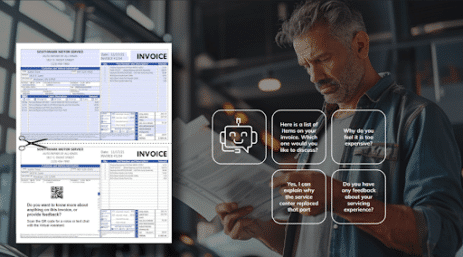
The Assistive Brand Personality is installed into a car, integrated with the calendar of the car, hooked up on the brand’s CRM, and linked to the driver’s Smart Watch.

In this instance, the AI core recognizes that the driver is late and frustrated, and offers to send messages to the upcoming meeting participants and order his preferred cup of coffee for his late arrival.
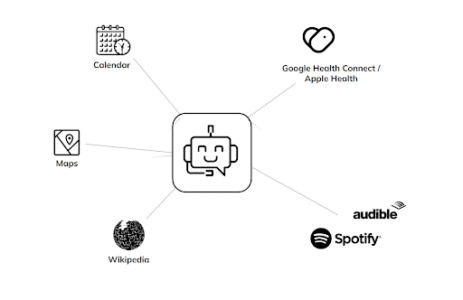
A unified customer experience across channels obviously necessitates a comprehensive IT ecosystem, including a single CDP, an integrated MarTech stack, a bespoke LLM, etc. However, it also necessitates what has rarely been defined in the brand and marketing departments: the character and tone of voice of the brand in new contexts such as the above-described use cases. A RAG model or similar needs to be connected to the infrastructure to reference evolving customer data and interactions.
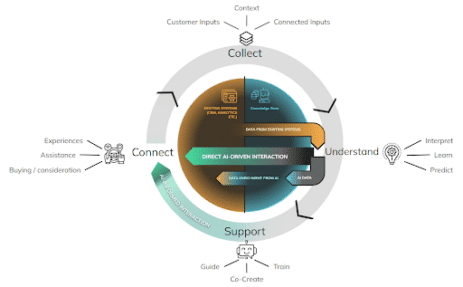
At Globant GUT we are working to define and deploy Assistive Brand Personality for our client brands. We are adamant that it will be a game changer in marketing across industries. Feel free to reach out to learn more.
PS. If you want to read more about how brand drives customer experience, and customer experience, bottomline:
Heleta Švrakić, E., & Arslanagić-Kalajdžić, M. (2023). How Do Brand Communication and Brand Personality Shape Consumer Loyalty?. Economic and Business Review, 25(2), 118-127. https://doi.org/ 10.15458/2335-4216.1321

